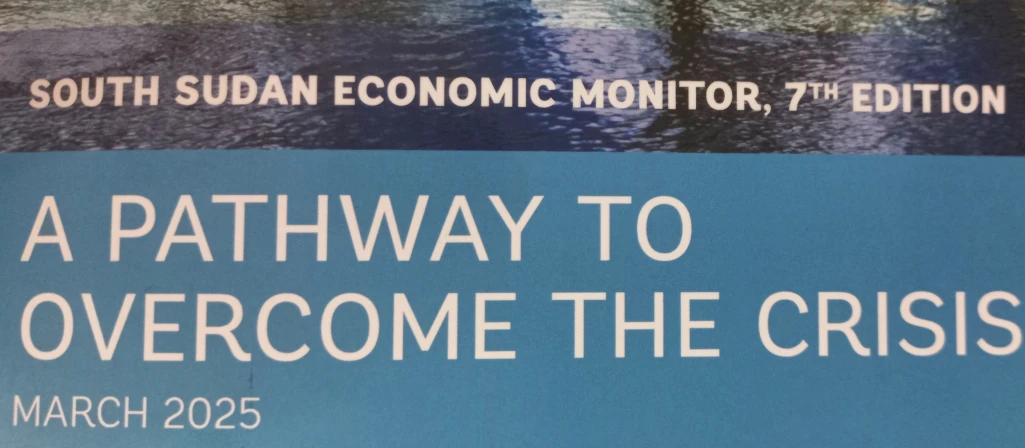
A recent
World Bank report reveals that poverty in South Sudan has reached alarming
levels, with an estimated 92 percent of the population now living in poverty.
The shocking
statistics reflect a significant deterioration in the country’s economic and
social conditions, with poverty rising by 6.7% between 2016
and 2022.
The increase
in poverty is primarily attributed to declining household consumption, which is
closely linked to decreasing GDP levels.
The World
Bank identifies several key drivers behind the surge in poverty, including the
ongoing conflicts that have accounted for over half of the increase, as well as
climate shocks, which added an additional one percentage point to the overall
poverty rise.
“More
recently, with the 2024 oil infrastructure shock. Poverty is estimated to have
since increased further to unacceptably high levels of 92 percent and may be
further impacted on account of potential disruptions to US humanitarian aid,”
the report notes.
In addition
to the impacts of conflict and climate shocks, demographic trends have
exacerbated the situation, with lower educational attainment among household
heads contributing to economic hardship.
Despite some
improvements in access to basic infrastructure, these advancements have not
been sufficient to reverse the country’s poverty trajectory.
“While there
have been some improvements in infrastructure and physical assets, these are
not enough to reduce the overall poverty level. A fundamental shift in South
Sudan's policy and institutional framework is needed to reduce poverty and
enhance shared prosperity,” the report emphasizes.
South Sudan's
economy has been severely constrained by the lack of job opportunities,
particularly among the youth, many of whom are engaged in informal and low-wage
work.
The report
highlights the need for a growth model that generates employment and promotes
higher wages, with a focus on investment in human capital and social services.
“A growth
model that creates more and better jobs will be essential to alleviating
poverty. Investing in education, healthcare, and human capital development is
crucial for long-term economic growth,” it suggests.
South Sudan’s
agricultural sector, which has the potential to drive economic recovery, is
another area that could help lift millions out of poverty.
The country
boasts favorable soil, water, and climate conditions, but its agricultural
productivity remains low due to conflict and insecurity.
The World
Bank emphasizes that improving agricultural production could increase incomes
and address food insecurity.
“Conditional
on attaining a basic level of peace, higher rural connectivity and market
accessibility would lower costs for farmers and traders, allowing food to flow
from surplus to deficit areas, and incentivize farmers to produce marketable
surplus, reducing cost for consumers and improving food security,” the report says.
South Sudan
faces a major challenge in absorbing its growing youth population, which makes up
most of its population, into the workforce.
Programs
designed to provide training and grants to at-risk youth could help reduce
involvement in violent and non-productive activities.
“Providing
opportunities for young people is vital to breaking the cycle of poverty and
preventing further instability. Youth engagement in productive activities has
the potential to significantly reduce their participation in violent conflict,”
it warns.
It stresses
the need for a comprehensive national social protection system to support the
most vulnerable households.
The World
Bank highlights the lack of sufficient government funding for social
protection, despite efforts to establish programs like the Shabaka Meisha cash
transfer initiative, which serves over 11 million people across 20 counties.
“Developing a
national social protection system is essential to addressing poverty and
providing a safety net for those most in need. Efforts to strengthen the
capacity of the Ministry of Gender, Child, and Social Welfare are critical to
managing these programs,” it asserts.